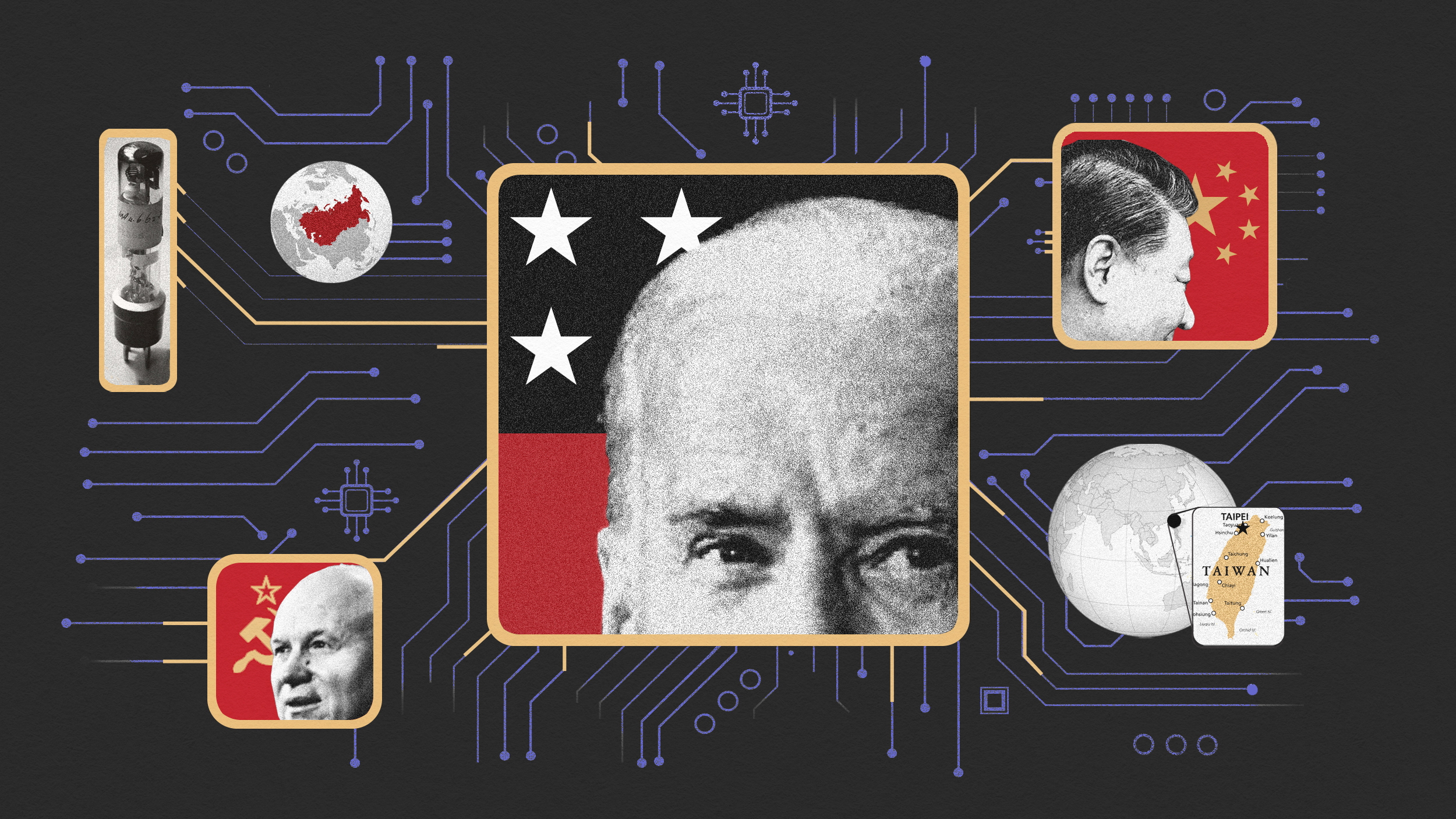Book review – Education unbound
My goal for June: 30 days, 30 book reviews. This post is a review of Education Unbound: The Promise and Practice of Greenfield Schooling by Rick Hess. My short recommendation? I believe that this is a book that will substantially stretch educators and policymakers and should be required reading for any university educational leadership program’s education policy course.
What I liked about the book
Hess’ essential premise is that we need more innovation and entrepreneurship in K-12 schooling. He believes that the “greatest challenge for teaching and learning is the creaky, rule-bound system in which they unfold” (p. 3) and that school organizations are “so hobbled [by various legacy characteristics] that even sensible efforts will fall short” (p. 3). He advocates for a greenfield approach to schooling, one that clears the ground for innovation and allows reform efforts to proceed unhindered by restrictive policies, mindsets, and other constraints.

In Chapter 2, Hess identifies four tasks that are crucial to greenfield educational reform: “removing obstacles, ensuring quality, and supplying both talent and financial resources” (p. 41). He then describes in detail in Chapters 3 through 6 the issues, the challenges, and some potential solutions in each of those four areas. Unfortunately, as Hess notes, “for all their virtues, [American] schools … are not noted for their embrace of creative problem solvers” (p. 1) and that “the vast majority of superintendents [and principals] have learned to regard precedent-breaking action as risky and conflict as something to be avoided” (p. 61).
I liked Hess’ recognition that we tolerate wide discrepancies in outcomes when it comes to public education but not when it comes to for-profit educational services. For example, he says that “in education, we … are much more squeamish about [for-profit] approaches that may yield uneven quality (even if we quietly tolerate massive mediocrity and unevenness among existing school districts)” (p. 85). I think that’s an important point worth emphasizing. We are so afraid that for-profit solutions will cause harm to students. Of course some will. They already do, and we should work to prevent those from happening as much as we can. But the same is true for public education. We shouldn’t stifle opportunities for innovation for some perceived notion of educational quality that, in reality, is also variable in the public sector. Instead, as he advocates, we need better oversight and better mechanisms for accountabilty, ones that go far beyond – and are more robust and complex than – the simplistic bubble-sheet accountability measures that we have now.
Key quotes
We routinely look at new learning tools and ask only how they might be used to improve traditional classrooms rather than how they might revolutionize schooling. . . . Technology is not a way to augment yesterday’s classrooms but rather a tool with which to revolutionize schooling. (pp. 27–28)
AND
The dysfunction that limns our school systems is like the air we breathe. It’s so familiar and accepted that, after a while, we take it for granted. We forget that things might be otherwise – that there’s no reason choosing to be an educator should mean accepting bureacracy, standardization, and inept management. (p. x)
AND
It is hard to see how even souped-up versions of existing approaches will recruit or prepare the kind of talent needed to fundamentally improve K-12 education. (p. 87)
AND
[An] often overlooked operational barrier is the tendency of district leaders to regard staff time and salaries as sunk costs. . . . Districts typically do not eliminate teaching or staff positions, even if an innovation allows nine employees to accomplish what used to take ten. The result is that school and district leaders have a hard time seeing labor-saving technologies or services as cost-effective. . . . A management style that ignores cost efficiencies in staff time and salaries constitutes an enormous obstacle . . . Rather than ask whether a tutoring program would allow a district to reduce the number of paraprofessionals or whether a more sophisticated diagnostic tool might allow talented elementary teachers to accommodate more students, . . . officials seemingly operate from the premise that technology and service providers must “supplement but not supplant” personnel. (p. 59)
AND
The failure of most [best practices-oriented reform] efforts is due to barnacles that encumber today’s school systems, including inefficient human resource departments, intrusive collective bargaining agreements, outdated technology, poorly designed management information systems, and other structural impediments. Greenfielders do not reject the utility of sensible best practices, but they question the assumption that the best practice mind-set will be enough to overcome these obstacles. . . . If we are to deliver transformative improvement, it is not enough to wedge new practices into familiar schools and districts; we must re-imagine the system itself. (pp. 6–7)
Questions I have after reading this book
- What is the likelihood of us ever achieving even some of the greenfield approaches that Hess advocates?
- What are the best ways to address the “supplement but not supplant” mindsent of school leaders, teachers unions, and policymakers when it comes to technology and personnel?
- Can we get educators to recognize that digital technologies will supplant some of their work – and some of them – and that this will be a good thing for students?
Rating
I liked this book a LOT. I like any book that really stretches my own thinking and pushes me into new areas that I haven’t considered much. This is one of those books and I bet it will be for you too. I give it 5 highlighters (out of 5).

[See my other reviews and recommended reading]
Disclosure
This book was sent to me gratis by the publisher. I was not compensated in any way for this review and was not asked by the author or the publisher to write positively about this book.





